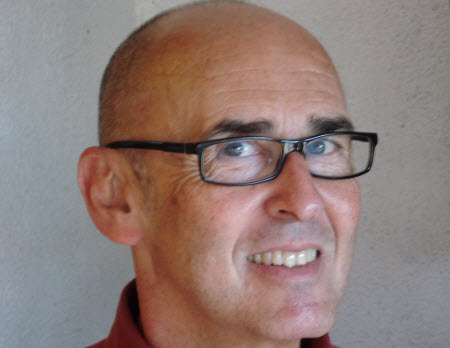VR Business Is Full of Surprises

Hollywood studios have made noise with virtual reality content, theme parks have put VR headsets on roller coaster riders, CNN live-streamed a presidential debate in VR, and even retailers are getting on board with virtual reality to help sell everything from chairs to appliances.
But Philip Lelyveld, virtual and augmented reality initiative program lead for the Entertainment Technology Center at the University of Southern California, could only chuckle during a presentation here when he shared survey results that showed what consumers want most with their VR.
An Ericsson Consumer Labs survey from late last year found that using VR for retail (64%), VR smartphone apps (62%) and movie experiences (57%) were the top three interests among smartphone users. No. 4 on the list? All-angle tech support.
The results just go to show that the young consumer VR industry is still feeling its way around when it comes to what works with VR and what appeals to the average customer.
“The modern era of virtual reality is less than three years old,” Lelyveld noted. “It’s a new art form; it’s a new storytelling tool.”
But according to Michael Davies, senior vice president of field and technical operations for Fox Sports Media Group, sports broadcasters especially are still in a trial and error period with virtual reality.
“We’re still learning about virtual reality,” he said. “There are things you think are quite captivating but turn out [disappointing].” Something like boxing in virtual reality holds great promise, because it’s extremely close and intimate. A huge soccer field is a different story altogether. “Things that look far away [normally] look very far away in VR,” Davies said.
Multichannel Newsletter
The smarter way to stay on top of the multichannel video marketplace. Sign up below.
Read more at broadcastingcable.com.
NEXT TV BRIEFS
TV Everywhere Isn’t Going Anywhere
John Bishop, chief technology officer for Akamai Technologies’ media business, looks at how people are ingesting content, and sees a sea change happening. And a big part of that is TV everywhere.
Giving consumers the option to access their pay TV content anywhere, on any device, at any time, has become an expectation, not just a nice thing to have, Bishop and other panelists agreed here on the “TV Everywhere: The Multiscreen Challenge” panel.
And this relatively new way of ingesting content isn’t without its drawbacks.
“I think the Olympics [this summer in Rio de Janiero] is going to be a massive event for [TV everywhere],” Bishop said. “I think a lot of people are going to be really unproductive at work. People are going to be watching Usain Bolt running at work at 3:30 ET.”
Barry Tishgart, vice president of Comcast Wholesale, added that TV Everywhere companies need to approach each global region differently. Unlike in the U.S., where at-home pay TV is prevalent, some countries are digital-only and mobile-first. “In some parts of the world, multiscreen viewing surpasses set-top viewing,” he said.
Google’s DoubleClick Clicks With Cablevision, Roku
Daniel Alegre, president of global partnerships at Google, last week announced the launch of DoubleClick Dynamic Ad Insertion, with initial distribution deals with Cablevision Systems and Roku.
The news, which came during a wide-ranging keynote session here, is a step toward further injecting Google into the traditional TV ecosystem.
The Dynamic Ad Insertion tool “makes ads hyper-relevant for viewers across any screen they watch by creating individual viewer streams,” Alegre said.
Alegre was joined onstage by Cablevision chief operating officer Kristin Dolan, who described the MVPD’s bid to become a “connections company” instead of a cable company. The embrace of the DoubleClick setup, she said, fits in with the overall innovation push at Cablevision, which just rolled out Hulu via the set-top box. “How do we allow people to not only experience when they want but also take advantage of the subscriptions they have to other things?”
She added, though, that 91% of viewing on Cablevision still happens live. “It shows that a lot of people still want to watch things as they happen, which should be good news for all the broadcasters in the room.”
— Dade Hayes, B&C
